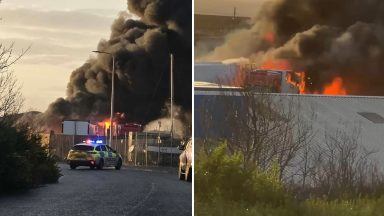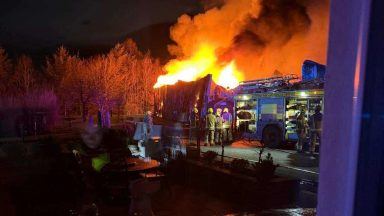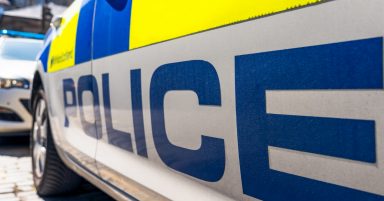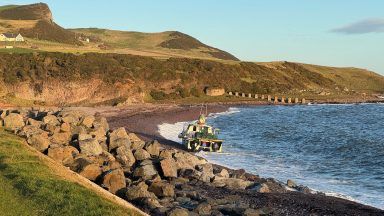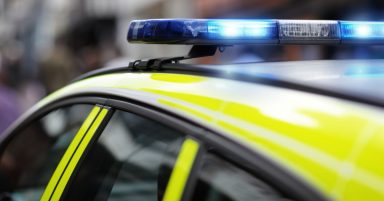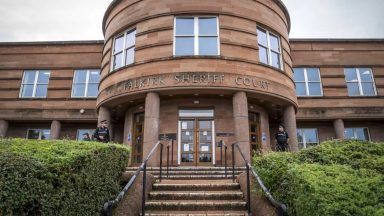Scots have been asked to “consider carefully” the risk of coming together at Christmas as the Scottish Government published guidance on forming bubbles over the festive period.
Up to three households will be allowed to mix over a five-day spell between December 23 and 27, as part of plans to prevent loneliness and isolation.
People will be able to use a travel window to move between council areas and across the UK to form their bubble – but each household must only join one bubble.
The bubbles should contain a maximum of eight people, however children under the age of 12 do not count towards that total.
The First Minister said the temporary easing of restrictions is not intended to encourage people to get together, adding staying at home should be the “default” position.
Guidance set out on Thursday has attempted to answer questions people might have on what the advice is on mixing over Christmas.
It can be viewed here and at a glance below:
What rules will change and for how long?
From December 23 to December 27, there will be a limited relaxation of rules to allow people to travel within the UK and spend Christmas together in bubbles of up to three households.
What is a bubble?
During the five-day period, people can form a bubble of up to three households, one of which can be an extended household.
However, it is recommended any bubble is kept to a maximum of eight people. Children under the age of 12 from these households do not count towards the total and do not need to maintain distance from others.
Advice for mixing with older or vulnerable people
If someone’s household or the people they would meet in a bubble includes elderly or clinically vulnerable people, they have been told it is “particularly important” they consider the risks of mixing.
Limiting social contact
People should limit social contact with others as far as possible before and after forming a bubble to minimise transmission risks.
Social distancing
People have been asked to stay two metres away from people outside of their household as much as possible.
Where can a bubble meet?
Bubbles can only gather in a private home (to meet or stay the night), outdoors or at a place of worship.
Those who decide not to bubble
A person or household who decide not to form a bubble should follow the rules in place for the local authority area they live in.
Can children go between households if parents live apart?
Where parents do not live in the same household, children can move between their parents’ homes in different bubbles, and this includes both supervised and unsupervised visitation.
Do students coming home count as different households?
Students who have returned home at the end of term form part of the household they have returned to.
Shared flats
People (other than students) who live in a shared flat or house are considered a household and should not split up and enter separate bubbles over the festive period.
If they do join different bubbles they have been asked to isolate from flatmates both before and after joining the bubble for around a week.
Shielding
Those who have been informed they are at the highest clinical risk from Covid have been asked to consider the risks of being in a bubble. Everyone in the bubble should agree what steps to take in the run up to and during the festive period to keep those at highest clinical risk safe.
Tourist accommodation
During the Christmas period those who are part of a bubble should not stay in tourist accommodation.
Follow STV News on WhatsApp
Scan the QR code on your mobile device for all the latest news from around the country




